I'm trying to track down a bug that's deleting rows in a mysql table.
For the life of me I can't track it down in my PHP code, so I'd like to work backwards by finding the actual mysql query that's removing the rows.
I logged in to phpmyadmin, but can't find a way to view the history of past sql operations.
Is there a way to view them in phpmyadmin?


